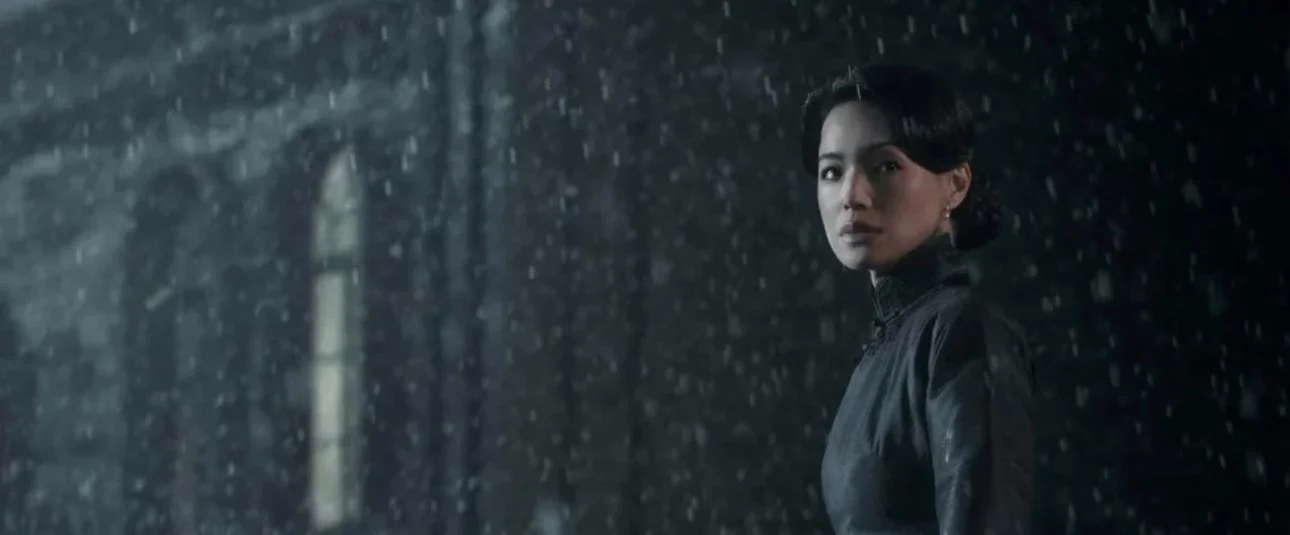There are films that challenge us, and then there are films that seem to dare us to keep watching. To describe Resurrection is to admit, up front, how impossible that task might be. Watching it is less like following a story and more like being swept along in a dream you don’t quite remember upon waking.
One of the most visually audacious — and narratively divisive — entries at Cannes this year is “Resurrection,” the long-awaited follow-up to Bi Gan’s “Long Day’s Journey into Night.” While the film may leave audiences split, it’s a strong contender for Best Director, a testament to Bi’s singular style and commitment to cinematic experimentation.
Bi’s flair for visual poetry is evident from the outset, with a stunning opening sequence that’s quickly undercut by cryptic title cards proposing a world where dreaming has vanished — and as a result, people live forever. This metaphysical premise is as intriguing as it is opaque. It’s dense, yes, and it rarely clarifies itself, but that’s part of Gan’s point.
The film opens with a dreamlike prologue, introducing “she” — a woman on a mission through a surreal dreamworld — who tracks down a fantasmer resembling a silent film ghoul. From this bizarre bunker, the film splinters into a series of richly imagined vignettes, each more visually daring than the last, but narratively diffuse.
The first segment, a noir-tinged gangster tale involving a suitcase that could end war, offers an early high point. It’s wild, confusing, but strangely hypnotic. Less successful is a sequence where a man confronts a literalized toothache spirit in a ruined temple, and a grift storyline involving a card shark and an orphaned girl plays more like a cinematic homage reel than a coherent story. The final act, set on New Year’s Eve 1999, leans into apocalyptic romance, possibly with vampires.
And yet, for every passage that holds you in its spell, there are long stretches that defy comprehension or resist emotional connection. Characters appear, vanish, reappear. Narratives splinter and fold in on themselves. A tooth contains a spirit. A vampire might be in love. A child in a blindfold drifts across the screen, and we’re never quite sure if he was ever there at all.
There’s no denying the film’s ambition. Echoes of Méliès, Godard, Melville, even Takeshi Kitano float through Gan’s work like ghosts, but they never quite ground the viewer.
“Resurrection” is, in many ways, a film about letting go of conventional logic and narrative structure. It works best when viewed less as a story and more as a visual and philosophical experience. But its 160-minute runtime will testthe patience of many, and even Bi seems to acknowledge this in a tongue-in-cheek final line comparing the film’s length to a century.
“Resurrection” has gotten strong reviews here, but divided audiences sharply. It’s undeniably the work of a filmmaker with a strong voice and an uncompromising vision. Whether that vision connects will depend entirely on the viewer’s willingness to surrender to dream logic and cinematic abstraction. Love it or not, Bi Gan has delivered one of the most talked-about films of the festival.






